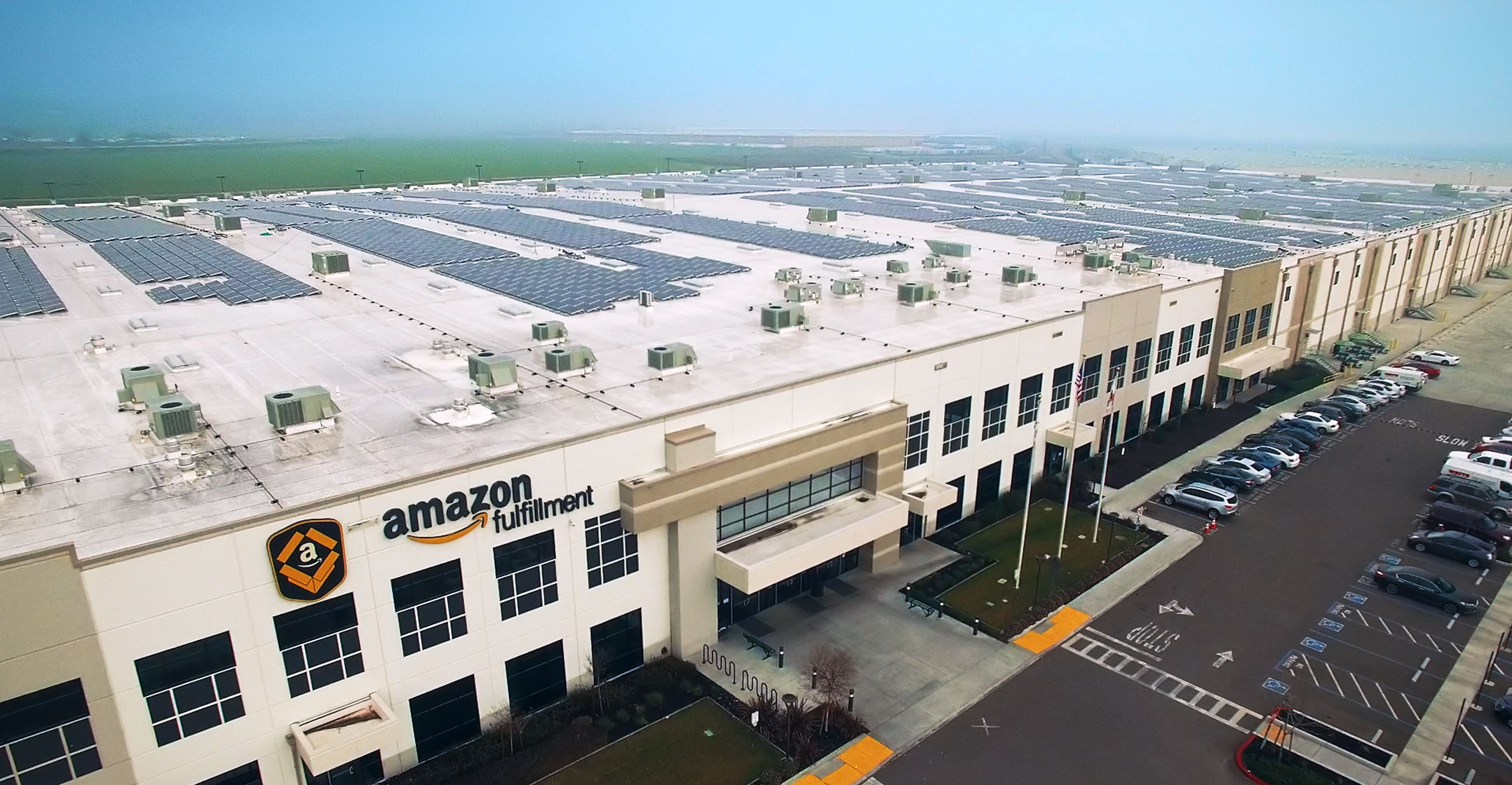
Amazon.com reminded investors on Thursday that scraping by selling things online was just the beginning. The world’s biggest Internet retailer reported larger profits in the first quarter and forecast more of the same, delivered by its cloud computing, subscription and advertising businesses.
The results highlight Amazon’s evolution from a low-margin retailer into an expansive provider of profitable services over the Internet. The Seattle-based company projected operating income in the current quarter of US$1.1bn to $1.9bn on revenue of $51bn to $54bn. Analysts estimated operating income of $1.1bn of operating income and sales of $52.3bn.
“Virtually every opportunity that Amazon invests in is going to be structurally higher margin than its core ultra-low margin retail business,” Ben Schachter, an analyst at Macquarie Securities, wrote in a recent note to investors.
The results eased concern about criticism by US President Donald Trump, who dented Amazon shares last month with a series of tweets saying the company should pay more for postal services and contribute more in taxes.
Amazon shares jumped about 6% in extended trading following the report. The stock added to gains after executives announced an increase in the cost of the company’s popular Prime subscription, to $119/year in the US from $99. The shares are up about 30% so far in 2018.
The fee was increased to help Amazon cover rising shipping costs and to pay for video-streaming content and technology investments, said RJ Hottovy, an equity analyst at Morningstar.
“We’ve always expected that the company would increase the base price every five years or so, while finding ways to raise the amount spent per membership via other means like subscription services,” he said.
Earnings reports like the one on Thursday are changing Wall Street’s view of Amazon. The company lost billions of dollars for more than a decade as it spent heavily to expand an e-commerce business with razor-thin margins. Investors was particularly unnerved by CEO Jeff Bezos’s strategy of constantly investing in costly offerings like faster delivery of more goods.
Cloud success
However, the rise of the cloud business, Amazon Web Services, and other more profitable initiatives like advertising has shown that as the company expands it can become more profitable. That’s a contrast to Internet companies like Google, which started with high-margin businesses and are adding less-profitable offerings — often in direct competition with Amazon.
“The biggest standout for me is the profitability,” said Ron Josey, analyst at JMP Securities. “Advertising is increasingly part of the Amazon story and that is a very profitable business.”
Amazon reported first-quarter profit, excluding certain items, of $3.27/share on sales of $51bn, up 43% from a year earlier. Those results also exceeded analysts’ expectations.

Revenue from Amazon’s “other” category, which includes advertising sales, more than doubled to $2bn in the first quarter.
Sales for Amazon Web Services jumped 49% to $5.4bn. It’s the second straight quarter of accelerating growth for the profitable unit.
Subscription services, which include Amazon Prime, generated revenue of $3.1bn, up 60% from a year earlier.
Bezos recently reported that the company surpassed 100m Prime subscribers who pay yearly or monthly fees in exchange for fast shipping and other benefits like video and music streaming. The announcement signalled that the membership strategy that has helped it dominate e-commerce in the US could be replicated overseas. Amazon has been losing money on its international expansion, with investments in India, Australia, the Middle East and Latin America. — Reported by Spencer Soper, (c) 2018 Bloomberg LP




